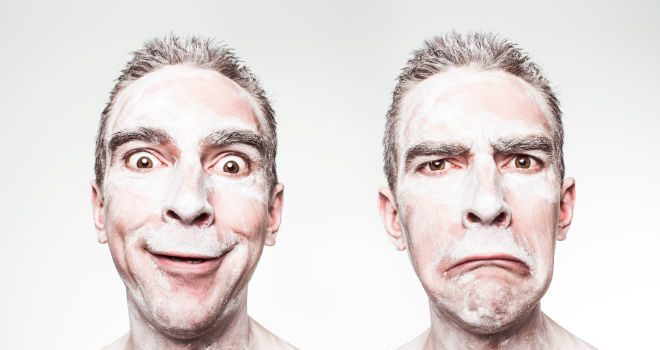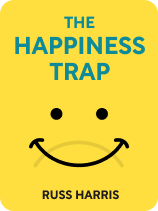

This article is an excerpt from the Shortform book guide to "The Happiness Trap" by Russ Harris. Shortform has the world's best summaries and analyses of books you should be reading.
Like this article? Sign up for a free trial here .
Are emotions good or bad? What is the problem with defining emotions as “good” or “bad”?
When an emotion arises, physical changes occur in the body. The mind then interprets these sensations and urges in the body and applies judgments to the emotions, separating them into “good” or “bad.” Thus, it treats an emotion like love as a “good” emotion, but emotion like anger as a “bad” emotion.
Here is why labeling emotions as “good” or “bad” may not be such a good idea.
Good and Bad Emotions
Our judgments about the quality of emotions are informed by multiple factors:
- We are conditioned in our childhood to treat certain emotions as undesirable. For instance, a crying child will often be treated as though they should be able to control their physiological reaction to their sadness. This gives the impression that sadness is undesirable, something to be controlled rather than accepted.
- We judge our emotions based on the sorts of sensations we feel in our bodies as we experience them. Thus, our thinking self may categorize guilt as a negative emotion because the physiological sensation of guilt is uncomfortable.
When the thinking self judges our emotions as “good” or “bad,” we are assigning abstract values to physiological processes. These assigned values motivate us to act:
- When we judge an emotion (such as love) as “good,” we set ourselves up to want more of it. So, we chase the sensation and may create more negative feelings (such as disappointment) if we don’t get more of it.
- When we judge an emotion (such as disgust) as “bad,” we want less of it. This leads us back to the happiness trap, where we try to eliminate unwanted feelings and wind up creating more of them as a consequence.
The Problem With Defining Emotions as “Good” or “Bad”
Asking the question “are emotions good or bad?” may be harmful in and of itself. Research has shown that the logic behind labeling emotions as “positive” or “negative” may be fundamentally flawed. There are good things about supposedly “negative” emotions and bad things about supposedly “positive” ones. Furthermore, we need to accept both our positive and negative emotions in order to live a rich and meaningful life.
Specifically, classically “negative” emotions have two benefits:
- They serve as warnings for situations that require our attention. For instance, unhappiness can prompt someone to get out of an unhealthy relationship.
- They are accompanied by detail-oriented thinking, reduced stereotypic thinking, and greater endurance when it comes to achieving complicated cognitive tasks.
On the other hand, classically “positive” emotions have their downsides:
- They increase selfish behavior, stereotyping of strangers, and dishonesty. They also decrease empathy. For example, if you’ve ever been in a good mood and told somebody a white lie so that you wouldn’t ruin the mood, your positive emotion might be to blame.
- They lead to increased levels of distraction and decreased performance on detail-oriented tasks. For example, remember being a child and feeling so excited about something (maybe your birthday) as a child that you couldn’t focus on anything else.
- Because positive emotions lower your inhibitions, they can lead you to take unwise risks and even die. The internet is filled with videos of clearly happy people making decisions with bad results.

———End of Preview———
Like what you just read? Read the rest of the world's best book summary and analysis of Russ Harris's "The Happiness Trap" at Shortform .
Here's what you'll find in our full The Happiness Trap summary :
- Why trying to be happy is making you unhappy
- How to practice ACT, or Acceptance and Commitment Therapy, to become happier
- How to develop “psychological flexibility” toward negative feelings instead of eliminating them






